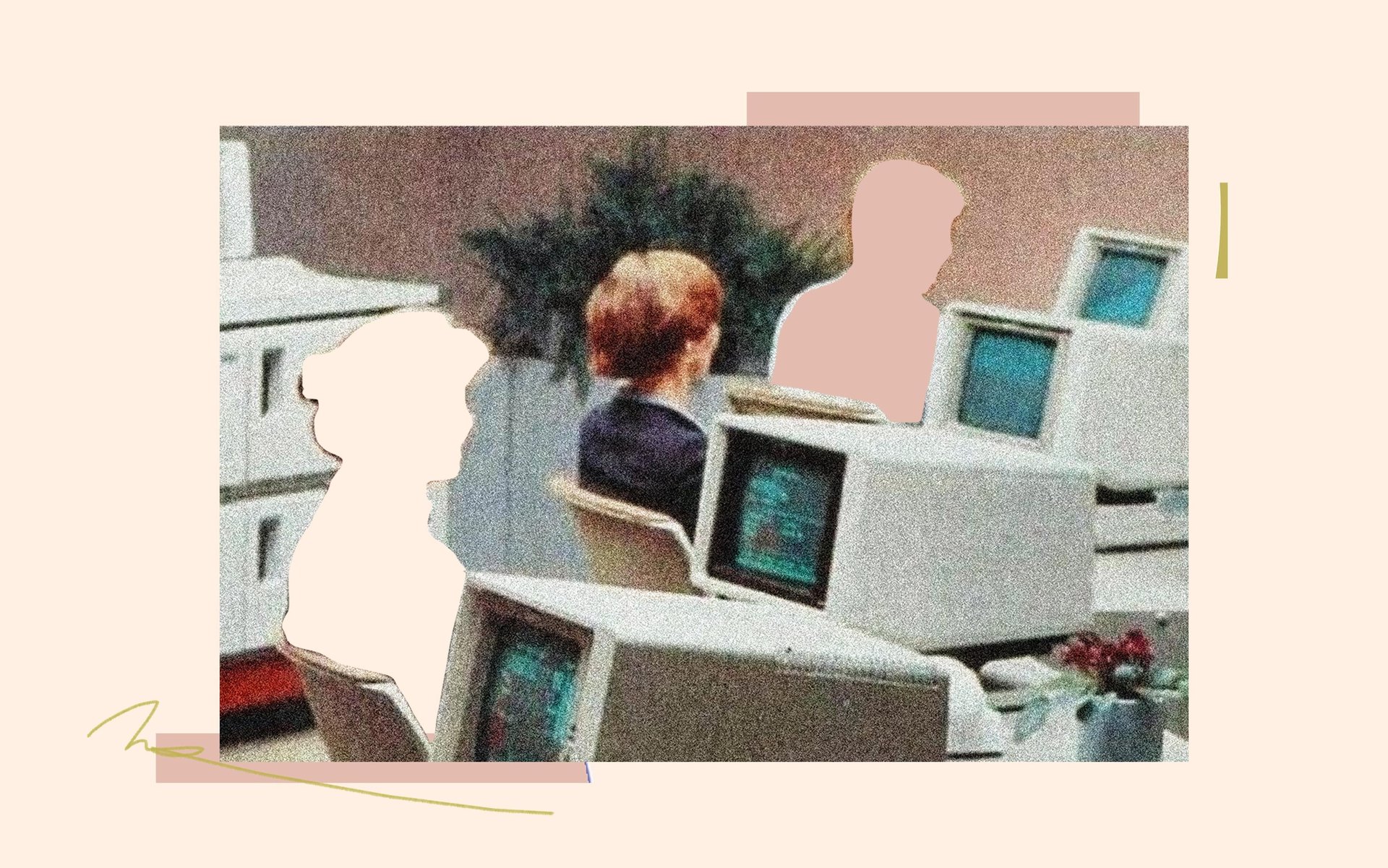Tricks of the trade
Plus: Off-hours issues and lots of sparkle this week in The Memo

Hello, Quartz at Work readers!
The training programs made for trade workers are expanding—and they may soon be coming to an office near you.
In the US, a growing number of companies looking to fill open roles in cybersecurity, data analytics, accounting, design, and more are experimenting with a new means for bringing in great employees: apprenticeships.
In apprentice programs, participants work full-time with a salary and benefits, get hands-on experience working in the field, and might receive classroom instruction or a degree by their tenure’s end. Most programs last up to a year, with the aim of offering apprentices a permanent position. For workers, it’s a low-risk way to try on a profession without student debt—and a potential path to a high-paying, salaried role for those who have neither industry experience nor a four-year degree.
Meanwhile, companies road-testing the programs are finding it’s helping them hire not just more easily, but also more inclusively.
At software provider Intuit, the apprenticeship program has brought in employees who represent a wider range of backgrounds and experiences. “Relying on a talent pipeline from a specific profile of students often limits the diversity of tech workforces,” says Iram Jamil, Intuit’s senior program manager of diversity, equity, and inclusion in tech. “In other words, it’s difficult to achieve diversity in tech by solely relying on talent from four-year colleges.”
Verizon has found the same. Its own apprenticeship pilot program kicked off in 2019, and in the past two years, the telecom company has hired more than 70 participants in full-time analytics, development, and engineering roles. Now 98% of those recruits have stayed on. The program has been so successful that in 2024, Verizon will multiply it eightfold and bring in 320 apprentices.
In Quartz, contributor Emily McCrary-Ruiz-Esparza examines the rise of the office apprenticeship—and talks to graduates and managers alike about why more workplaces should be trying them.
MUSIC STREAMERS SHUFFLE THEIR EXPANSION PLANS
Big Tech layoffs are far from over. Music streaming giant Spotify announced this week that it’s slashing nearly one-fifth of its staff, with about 1,500 employees losing their jobs. It’s the third time the company has held layoffs this year alone, after spending expansively (and aggressively) on new arenas like audiobooks and podcasting.
Spotify nearly doubled its staff over the past three years—and its announcement echoes those of a number of other tech behemoths that hired aggressively in the pandemic, then dropped multiple layoffs in 2023.
Spotify’s latest layoffs are also part of a broader trend among music streamers, as its rivals struggle to maintain subscriptions or pull back on previous investments. Compare the cuts among them this year:
🎙️ SiriusXM. Pandora’s parent laid off 8% of its workforce in March, amounting to 475 employees. Pandora hasn’t been faring well in the face of stiff competition, losing paid subscribers and active users.
☁️ SoundCloud. Roughly 8% of the streamer’s staff—about 40 people—were let go in an effort to get SoundCloud to profitability in May. The decision came nine months after the company had already laid off 20% of its employees.
🎧 Amazon Music. Among 27,000 companywide job cuts at Amazon this year, a number of roles in the streaming department got the guillotine in November.
Meanwhile, Spotify CEO Daniel Ek is still chasing efficiency. Quartz’s Ananya Bhattacharya lays out why.
AUTO UNIONS ARE REVVING THEIR ENGINES
150,000: American autoworkers the United Auto Workers (UAW) is eyeing to add to its ranks.
Just weeks after ratifying new contracts with Detroit’s Big Three auto companies, the UAW announced its next ambitions: organizing auto workers at more than a dozen nonunion shops. And, the union added, it’ll do so simultaneously.
While it sounds like the UAW is organizing everything everywhere all at once, its drive will focus on covering the US South. The union’s targets include a long list of traditional automakers—Toyota, Honda, Hyundai, Nissan, and more—along with electric-focused players like Tesla, Rivian, and Lucid.
WORKPLACE AI’S BEEN GLITTER-BOMBED
Have your working tools been feeling especially, well, sparkly lately? As more and more AI features are added to our digital workspaces, one icon’s become their calling card: ✨. Among the places you may have caught some passing shimmer:
Your video meetings. Zoom’s ✨-marked AI assistant writes live meeting notes, while Google uses ✨ to communicate AI-generated backgrounds on Meets.
Your creative programs. Design software providers like Miro and Canva assign ✨ to features that spin up image edits, website copy, or presentation templates.
Your deep-work playlists. Spotify’s smart shuffle—labeled with, you guessed it, ✨—inserts AI-recommended songs into your personal playlists.
So why did sparkles become the de facto designation for AI features? Quartz consulted an emoji lexicographer about how all the AI got glittery—and why all the pizazz may actually be to keep us from fearing the robots.
WORKERS ARE A LITTLE TOO ONLINE
Be honest with us here: Are you reading this work email after your workday has ended? A new survey says it’s not unlikely.
According to data released yesterday by Slack’s Workforce Index, more than a third of desk workers log on outside of their working hours at least once a week. (Plus, that extra work doesn’t get you far: The science says that working on your off hours makes you less productive, not more.)
If you’re having a hard time walling off your work hours, take a break from your inboxes—and try revisiting this Quartz classic about how to reclaim your personal time.
YOU GOT THE MEMO
Send questions, comments, and absolutely no off-hours emails to [email protected]. This edition of The Memo was written by Gabriela Riccardi.